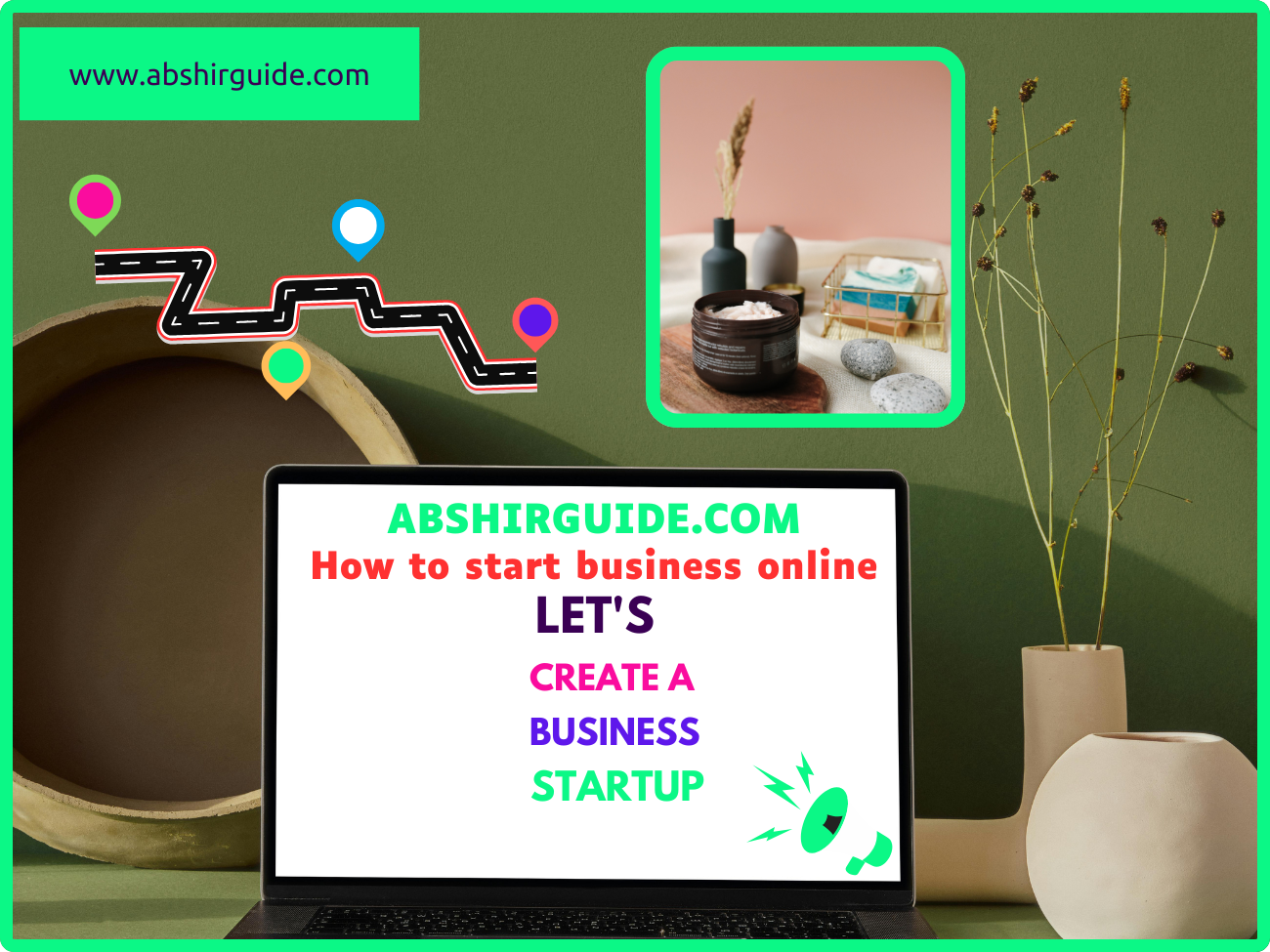1. Identify Your Niche
Researching: Research/evaluate the different types of industries/markets and find a possibly profitable niche. Choose a niche product that you are either passionate about or want to become knowledgeable about, etc.
Identify your target audience: Identify your ideal customers: This is important to target any marketing strategy or product offering. Researching Comp.]etitors:
Research if competitors exist, etc; and research if there are gaps in the market that the company’s business could fill, etc.
2. Choose a Business Model
There are multiple options available to you when it comes to online businesses.
First, e-commerce, where you both sell either physical or digital products – items that you either make yourself and/or sell, or transact for sale.
Second, affiliate marketing, where you are able to promote someone else’s product and earn a commission.
Third, freelancing or consulting, in terms of either freelance or consulting your skills or expertise online – writing, web design, advertising management, social media management, etc.
Fourth, subscription services, in the form of a selling and service provided on an ongoing basis, monthly, or events.
Fifth, online courses or coaching with the intention of sharing knowledge from your expertise. Lastly, content creation, where you earn money from blogging, YouTube, or social media channels.
3. Conduct Market Research
Audience Study: Discover the challenges, tastes, and behaviors of your audience.Competitor Insight: Find your competitors, including their strengths and weaknesses. Learn from their successes and their mistakes.
Product/service validation: Get feedback from potential customers to test your product or service idea.
The right business plan will include: Your goals and objectives. A description of your product or service. How you plan to market your business. Financial forecasts (including startup costs and estimated revenues). Timeline for starting the business.
4. Create a Business Plan
Your business plan will include: Your aims and aspirations.
A description of your products and/or services.
How you intend to market your business.
Financial estimates (global cost, startup costs, and overall revenue expectations).
Timeline of events to launching your business.
5. Register Your Business
Pick a Business Name: Choose one that stands out and is easy to recall.
Register Domain Name: If you are using a website, get a domain name that fits your business name.
Choose a Legal Structure: Determine the structure for your business (sole proprietor, LLC, etc.) and register it.
Obtain Required Licenses: Depending on where the business is located and type of business, some permits or licenses may be needed
6. Build Your Online Presence
Establish a Website: Use website builders, like Shopify (e-commerce), WordPress (for blogs), or Squarespace, to build your site. Make sure you have a user–friendly and mobile responsive website.
Social Media Accounts: Set up social media accounts on Instagram, Facebook, LinkedIn, or TikTok to connect with your audience. (More details on using Social Media to Engage Your Audience is in the next section!)
Email Marketing: Start building an email list by offering something of value in exchange for your audience‘s email. Your offer can be content or a price discount.
7. Develop Your Brand
Design: Create a professional logo and other visual aspects of your brand.
Brand Voice: Think about the nature of your brands voice (friendly, funny, formal, etc.).
Content Marketing: Create fantastic content (videos, blog posts, etc.) that is valuable to your audience and is used to create trust.
8. Set Up Payment and Shipping Systems
Payment Processing: To enable potential buyers to make payments online, you can integrate a payment processor such as PayPal, Stripe, or Shopify Payments.Shipping: If you are selling physical products, consider how you may fulfill shipping, packaging and logistics. You could also take a look at doing this with a 3PL service like ShipStation or Printful for E-commerce Sites.
9. Market Your Business:
Social Media Ads: Advertise your business on social media platforms such as Facebook, Instagram, or via Google Ads. Search Engine Optimization (SEO): Make the SEO recommendations and adjust the content on a website so that it will rank well in search engines such as Google. Influencer Marketing: Work with Influencers to promote your product and/or services. Email Marketing: Newsletters and newsletters that come with an automated email campaign are great ways to warm up your audience and drive repeat sales.
10. Launch Your Business
Soft Launch: Before achieving full scale, you should test your business by launching to a smaller group of people to receive their feedback and to make potential changes. Official Launch: After you have made all your changes, you should have a launch to receive more customers.
11. Track & Optimize
Analytics: You can use Google Analytics to monitor website traffic and sales. Continuous Customer Feedback: You always want to collect continuous customer feedback in order to update and improve your products/services. A/B Testing: In addition test different strategies, and optimize your marketing to see improvement.
2. Scale Your Business;
As your business grows, seek ways to broaden your product line. Find opportunities to reach new customer groups or markets.
Tools & Resources:
Website Builders: Shopify, WordPress, Wix, Squarespace. Email Marketing: MailChimp, ConvertKit, Klaviyo. Analytics: Google Analytics, Hotjar. Social Media Management: Buffer, Hootsuite, Later. Design Tools: Canva, Adobe Spark, Figma.




